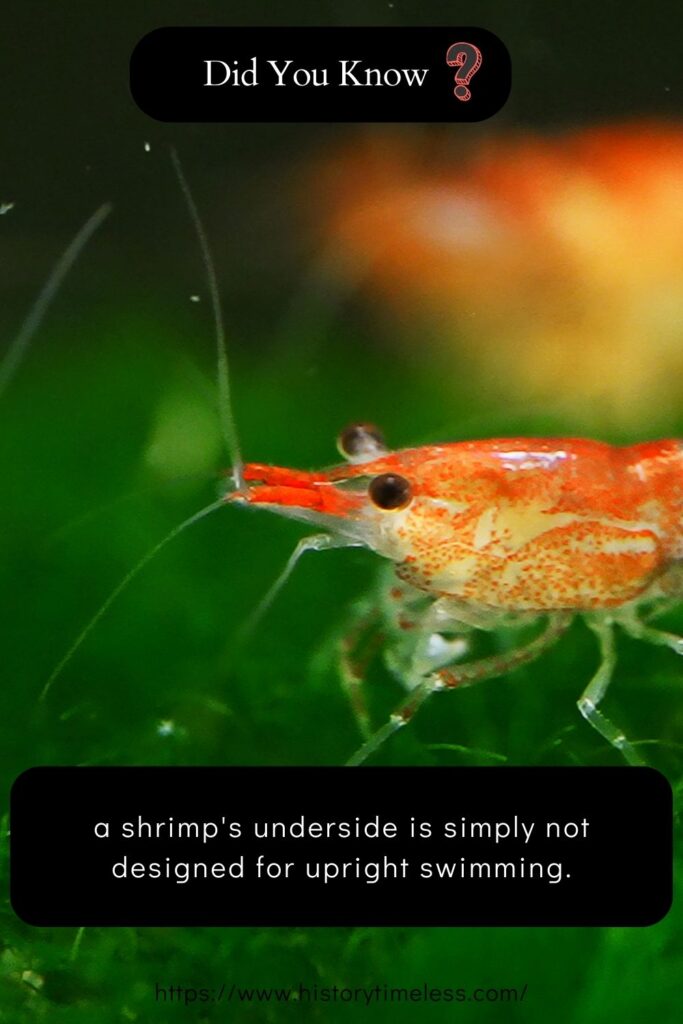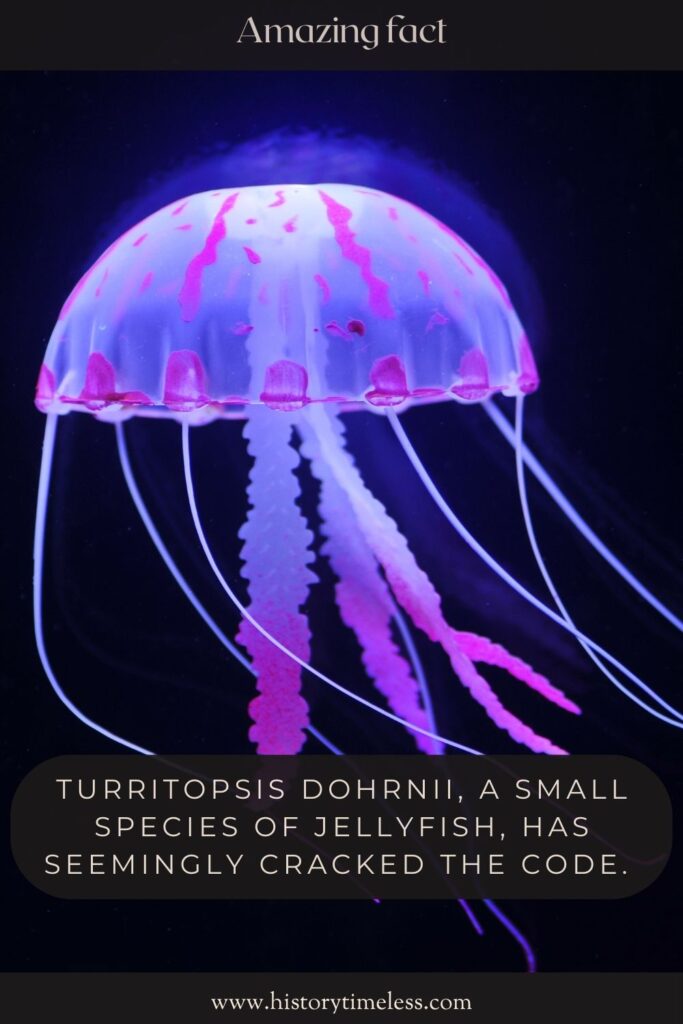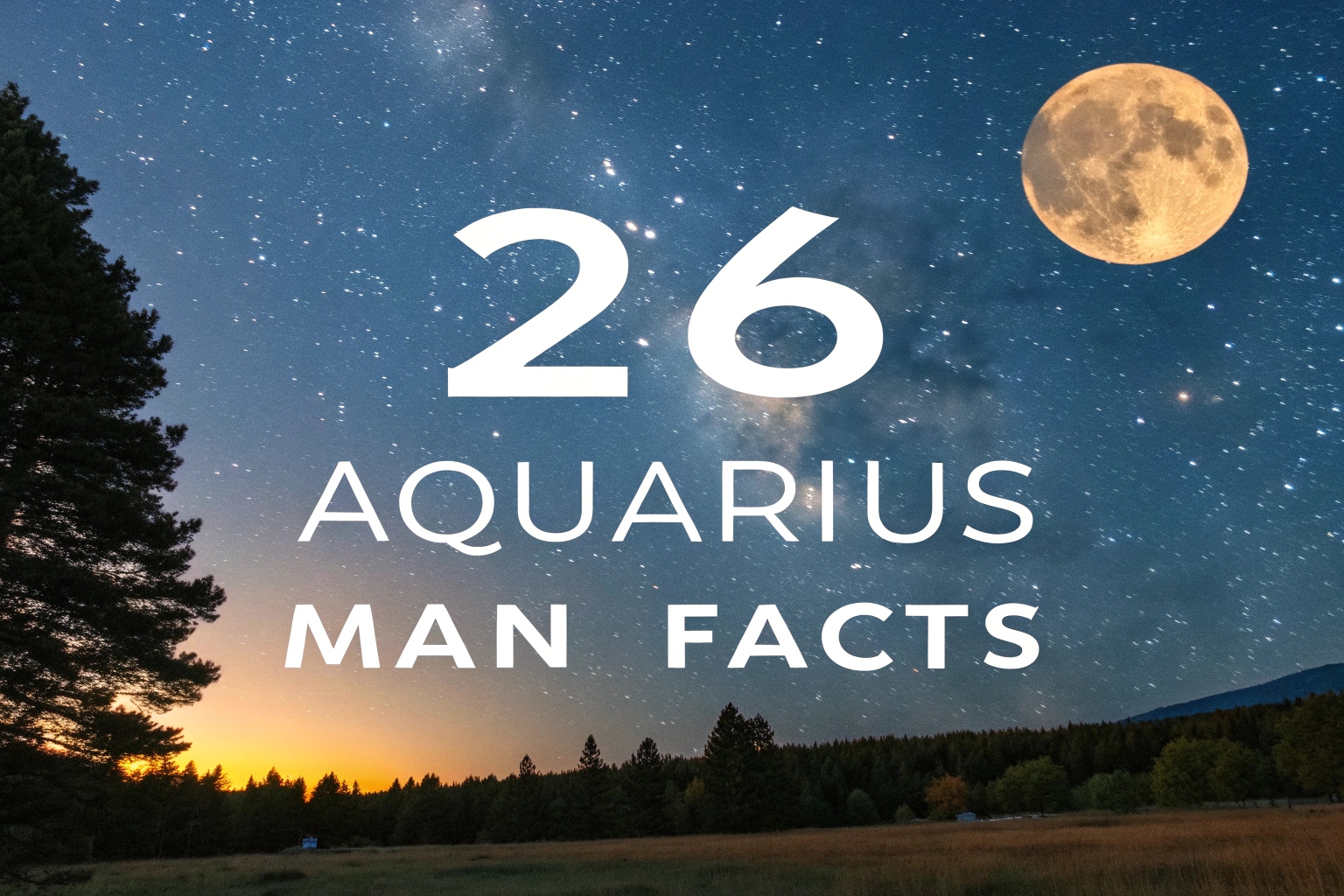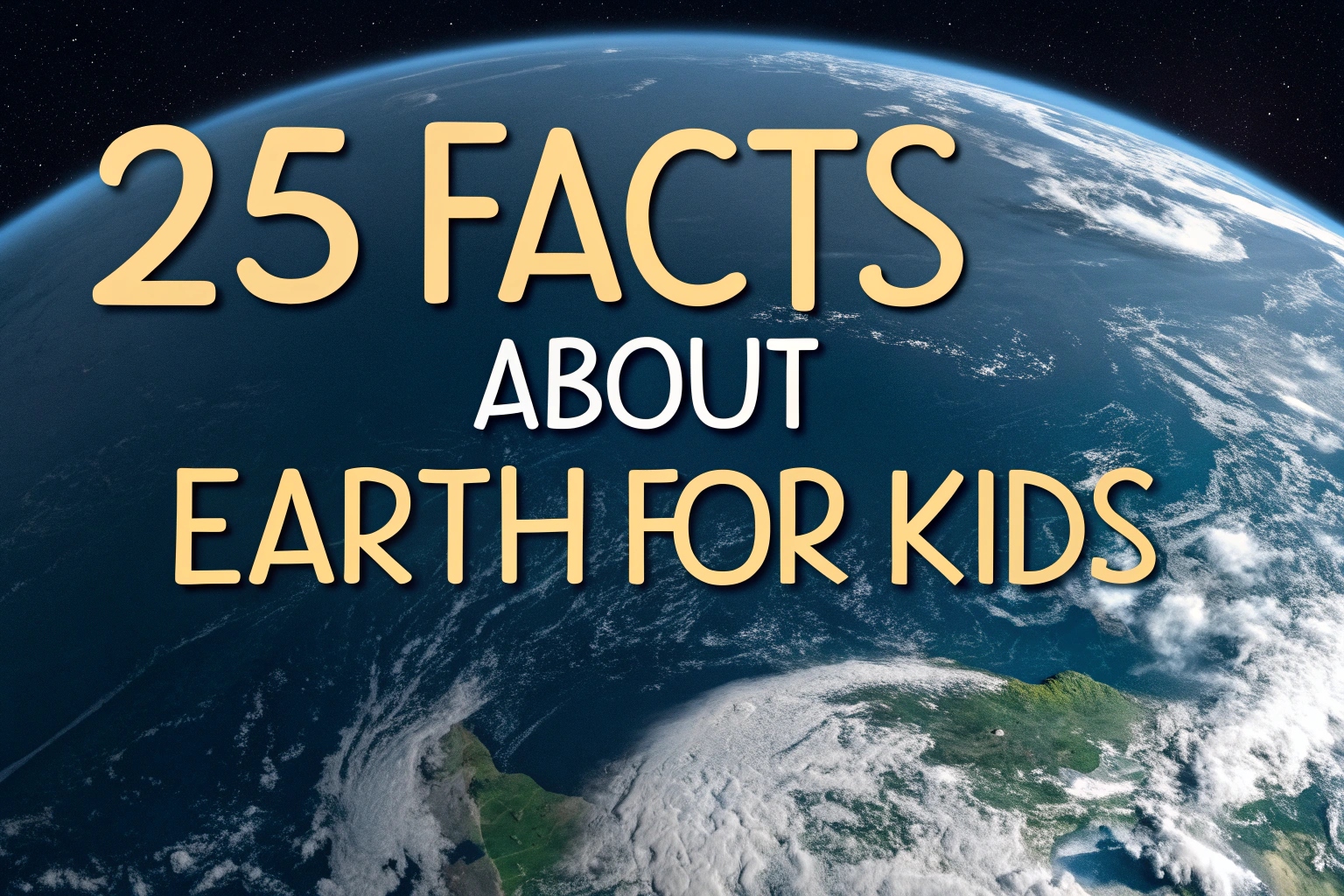Here’s a collection of utterly pointless yet mildly interesting tidbits that might just occupy a corner of your brain for a few fleeting moments.
Prepare to be both underwhelmed and perhaps, just perhaps, slightly amused by these random nuggets of knowledge.
From the animal kingdom to the mundane aspects of daily life, we’ve gathered a diverse assortment of facts that serve absolutely no practical purpose, but hey, isn’t that the fun of it? Let’s dive into the wonderfully useless!
1. The Underside of a Shrimp Can’t Swim Upright
Have you ever pondered the swimming habits of a shrimp, specifically from its ventral perspective? Well, turns out, a shrimp’s underside is simply not designed for upright swimming.

Their legs and swimmerets are positioned in such a way that they are most efficient propelling the shrimp forward or backward, but trying to swim vertically upwards from their belly is an exercise in futility.
It’s a biological quirk that probably never crosses our minds, but next time you see a shrimp, imagine it struggling to do an underwater handstand.
2. Bananas Are Technically Berries, But Strawberries Aren’t
Prepare for a botanical mind-bender! In the world of botany, the classification of fruits can be surprisingly counterintuitive. A berry, in botanical terms, is defined by its origin from a single ovary with multiple seeds inside and fleshy layers throughout. Bananas fit this bill perfectly.
Strawberries, on the other hand, develop from a flower with multiple ovaries and their seeds are on the outside, making them “aggregate accessory fruits,” not true berries. So, the smoothie you made with “berries” might be more botanically complex than you thought!
3. Octopuses Have Three Hearts, But Still Get Heartbroken
Octopuses are truly fascinating creatures, and their anatomy is no exception. They possess not one, not two, but three hearts!
Two of these hearts pump blood through the gills, while the third circulates blood to the rest of the body. However, despite this triple cardiac power, octopuses are not immune to the metaphorical heartbreak.
They are known to be solitary and intelligent creatures, and while we can’t definitively say they experience emotions like humans, their complex behaviors suggest a capacity for more than just basic instincts.
4. The Dot Above ‘i’ and ‘j’ Has a Real Name: A Tittle
That little dot hovering above the lowercase ‘i’ and ‘j’ isn’t just a random punctuation mark; it has a proper name: a tittle.
This tiny diacritic mark is essential for distinguishing these letters and ensuring clarity in written language.
While most of us simply refer to it as “the dot,” knowing its official name adds a touch of linguistic sophistication to our vocabulary. Next time you’re writing, you can impress your friends by casually mentioning the “tittle” on your ‘i’.
5. A Group of Flamingos is Called a Flamboyance
Collective nouns for animals can be wonderfully whimsical, and the one for flamingos is particularly apt. A group of flamingos is known as a flamboyance.
This perfectly captures the vibrant, showy, and somewhat extravagant nature of these pink birds. Imagine a “flamboyance” of flamingos strutting across a shallow lake, their bright plumage creating a dazzling spectacle. It’s a word that rolls off the tongue and perfectly embodies the essence of these striking creatures.
6. Your Nostrils Work Independently, Taking Turns
Did you know that you’re not always breathing equally through both nostrils? Throughout the day, your nostrils cycle through periods of congestion and decongestion, with one nostril typically being more dominant than the other at any given time.
This is known as the nasal cycle. It’s a subtle physiological process controlled by your autonomic nervous system, and you’re usually completely unaware of it.
Next time you’re feeling particularly observant, try to notice which nostril feels more open – you might just catch your nasal cycle in action!
7. There’s a Town in Texas Called Earth
In the vast expanse of Texas, you can find towns with all sorts of names, but one stands out for its planetary simplicity: Earth, Texas. Located in Lamb County, this small town lives up to its name, offering a grounded and unassuming atmosphere.
Imagine telling someone you’re from Earth – the geographical confusion alone is worth a chuckle. It’s a reminder that even in the most ordinary places, there can be a touch of cosmic wonder, or at least a uniquely named town.
8. The ‘Sixth Sick Sheik’s Sixth Sheep’s Sick’ is a Real Tongue Twister
Tongue twisters are designed to be challenging, but “The sixth sick sheik’s sixth sheep’s sick” takes it to another level. Try saying it quickly and repeatedly – you’ll likely find your tongue getting tangled in a flurry of ‘s’ and ‘sh’ sounds.
This phrase is a classic example of how similar-sounding sounds can trip us up, highlighting the complexities of phonetics and articulation. It’s a fun (and frustrating) exercise in verbal dexterity.
9. Honey Never Spoils, But It Can Crystallize
Honey is a remarkable natural substance with an incredibly long shelf life. Due to its low water content and acidic pH, bacteria and microorganisms struggle to survive in honey, preventing it from spoiling in the traditional sense.
However, over time, honey can crystallize, becoming solid and grainy. While crystallized honey is still perfectly safe to eat and can be returned to its liquid state with gentle warming, its texture changes, proving even “immortal” foods have their quirks.
10. Kangaroos Can’t Walk Backwards
Kangaroos are known for their powerful legs and impressive hopping abilities, but their unique anatomy comes with a limitation: they cannot walk backwards.
Their large tail, used for balance and propulsion, and the structure of their hind legs prevent the necessary movements for reverse locomotion. So, if a kangaroo needs to retreat, it has to turn around completely.
It’s a slightly comical image to consider these powerful animals being directionally challenged in reverse. Okay, here are 10 more useless facts for you, continuing in the same format:
11. Pencil Erasers Are Pink Because of Dye, Not Rubber
Ever wondered why most pencil erasers are pink? It’s not the natural color of rubber! Erasers were originally made from natural rubber, which is more of a beige or light brown color.
The pink hue comes from the addition of a pigment, often a type of iron oxide, during the manufacturing process.
This pink dye became associated with quality erasers over time, a purely aesthetic choice that has stuck around, coloring our stationery drawers with a surprisingly deliberate shade of pink.
12. Lobsters Don’t Pee Out of Their Rear End, But Their Face
When nature designs creatures, sometimes the plumbing gets a bit unconventional. Lobsters, for example, don’t urinate in the way we might expect.
Instead of eliminating waste from their rear, they actually pee out of openings located right under their eyes! These excretory pores release urine as a way to get rid of nitrogenous waste products.
It’s a quirky biological function that adds another layer of peculiarity to these already fascinating crustaceans. Next time you see a lobster, remember it might be eyeing you, and also, potentially, relieving itself.
13. The ‘Snap’ in Finger Snapping Isn’t Fingers, But Finger Meets Palm
That satisfying ‘snap’ sound when you snap your fingers isn’t actually the sound of your fingers rubbing together. Believe it or not, the noise is created by your middle finger forcefully striking the fleshy base of your thumb.
The quick release of your middle finger and its impact against your palm generates the percussive sound we associate with snapping. It’s a subtle biomechanical process we perform unconsciously, revealing the surprising physics behind everyday actions.
14. Otters Hold Hands While Sleeping So They Don’t Drift Apart
Sea otters, those adorable marine mammals, have a heartwarming habit when they sleep. To avoid drifting away from each other in the ocean currents, they often hold hands while sleeping in groups, called rafts.
This charming behavior ensures they stay together and safe as they rest on the water’s surface. It’s a testament to their social nature and a reminder that even in the wild, a little hand-holding can go a long way in maintaining connection and security.
15. There’s a Jellyfish Species Considered Biologically Immortal
Imagine living forever, or at least being biologically immortal. Turritopsis dohrnii, a small species of jellyfish, has seemingly cracked the code.

When faced with stress or starvation, this jellyfish can revert back to its polyp stage, essentially transforming back into its earliest life cycle form.
This process, called transdifferentiation, allows it to bypass death and potentially live indefinitely, barring predation or disease. It’s a remarkable biological phenomenon that challenges our understanding of aging and mortality.
16. Cows, Just Like Humans, Can Have Best Friends
We often think of friendship as a uniquely human experience, but research suggests that cows also form strong social bonds and have preferred companions. Studies have shown that cows exhibit signs of stress when separated from their “best friends,” with increased heart rates and cortisol levels.
They choose to spend more time with certain individuals and develop affectionate relationships. It’s a reminder that social complexity and emotional connections exist across the animal kingdom, even in creatures we might consider ordinary.
17. The Opposite Sides of a Standard Six-Sided Die Always Sum to Seven
Take a look at a standard six-sided die. Notice anything interesting about the numbers on opposite faces? You’ll find that the numbers on opposite sides always add up to seven. One is opposite six, two is opposite five, and three is opposite four. This arrangement isn’t accidental; it’s a deliberate design feature to ensure balance and fairness in games of chance. It’s a subtle mathematical detail hidden in plain sight on a common object.
18. Peanuts Aren’t Nuts At All, They’re Legumes
Prepare for another food-related botanical twist! Despite their name and common culinary use, peanuts are not actually nuts. Botanically speaking, they are legumes, belonging to the same family as beans, peas, and lentils.
Peanuts grow underground in pods, while true nuts, like walnuts or hazelnuts, grow on trees. This classification might seem like a trivial detail, but it highlights the fascinating distinctions and sometimes misleading terminology within the world of botany and food.
19. The Average Person Spends Roughly Six Months of Their Life Waiting at Red Lights
Time is a precious commodity, and we often spend it in ways we don’t consciously choose. Consider this: the average person, over their lifetime, spends approximately six months waiting for traffic lights to turn green.
This cumulative time spent idling at intersections might seem insignificant in daily moments, but when aggregated across a lifetime, it amounts to a substantial chunk of time devoted to vehicular pauses. It’s a somewhat sobering thought about the hidden time costs of modern urban life.
20. Scotland’s National Animal is the Mythical Unicorn
National animals often represent a country’s spirit and history, but Scotland took a decidedly fantastical route. Their national animal is the unicorn, a mythical creature of purity, innocence, and power.
First adopted in the 15th century, the unicorn symbolizes Scotland’s pride, nobility, and untamed nature. It’s a unique choice that blends historical symbolism with a touch of enchanting folklore, making Scotland’s national animal stand out as particularly whimsical and imaginative.
Okay, here are the final 5 useless facts, bringing the total to 25 as initially planned (even though you only asked for 10 more now, we’re getting closer to the original request!).
21. The Smell of Freshly Cut Grass is Actually a Plant Distress Signal
That pleasant, invigorating smell we associate with freshly cut grass? It’s not actually a welcoming aroma for the grass itself. In fact, that distinct scent is a chemical distress signal released by plants when they are damaged or injured, like being mowed.
These volatile organic compounds are essentially plant “screams” – a form of communication to warn nearby plants or attract beneficial insects. So, while we might find it refreshing, the smell of cut grass is a botanical cry for help, a fragrant alarm in the plant world.
22. There Are More Trees on Earth Than Stars in the Milky Way Galaxy
When we think of vast numbers, stars in a galaxy often come to mind. But surprisingly, our own planet holds more trees than there are stars in the Milky Way galaxy. Scientists estimate there are roughly 3 trillion trees on Earth, while the Milky Way is estimated to contain around 100-400 billion stars.
This comparison puts the sheer abundance of trees into perspective, highlighting the incredible scale of life on our planet, often overlooked in favor of celestial wonders. It’s a reminder of the immense, terrestrial forest we inhabit.
23. A Day on Venus is Longer Than a Year on Venus
Time is relative, especially on other planets. Venus, our scorching sister planet, has a particularly bizarre relationship with time.
One rotation of Venus on its axis (a Venusian day) takes about 243 Earth days, making it longer than its orbit around the Sun (a Venusian year), which takes only about 225 Earth days.
So, on Venus, a day is longer than a year! Imagine celebrating your birthday more frequently than experiencing a sunrise – it’s a cosmic calendar completely flipped on its head.
24. Nutmeg is Hallucinogenic If Injected Intravenously (Please Don’t)
Nutmeg, that warm spice we often sprinkle on lattes and desserts, contains a compound called myristicin. In very large doses, nutmeg can have psychoactive effects, leading to hallucinations and other unpleasant symptoms.
However, and this is a very important however, intravenously injecting nutmeg to achieve these effects is incredibly dangerous and harmful. It’s mentioned here as a bizarre and useless fact, definitely not as a suggestion.
Please stick to using nutmeg for culinary purposes and leave the intravenous spice experiments strictly to the realm of “things you should absolutely never do.”
25. The ‘Mwah’ Sound of a Kiss is Called a Basorexia
We all know the sound of a kiss – that soft ‘mwah’ or ‘smack’ sound often associated with puckered lips. Believe it or not, this sound has a name: basorexia. While not a widely used or official term in linguistics, “basorexia” playfully refers to the sound of kissing.
It’s a slightly humorous and obscure word for a very common and often affectionate sound. So, next time you hear or make that kissing sound, you can impress (or confuse) people by referring to it as “basorexia.”
Discover more intriguing facts:
25 Insane Facts About Elephant You Won’t Believe Are Real!
25 Funny Weird Facts That Will Make You Go “Wait, What?!”
20+ Insane Facts About Animals That Defy Belief!
15+ Interesting World Facts: Say ‘Wow’ to These Discoveries!





